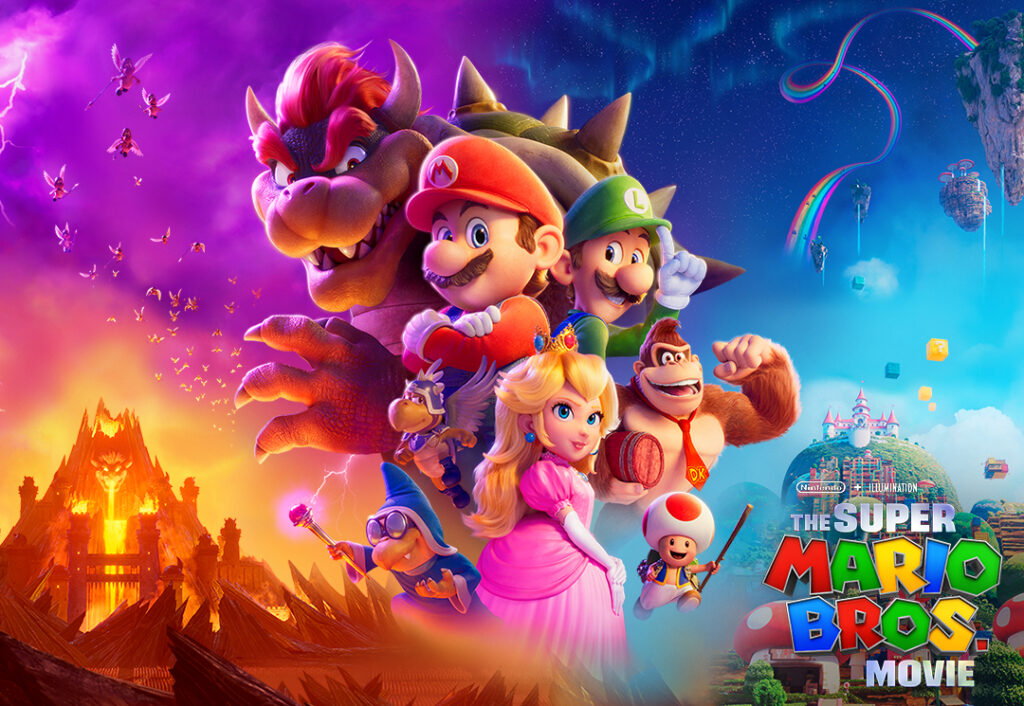For over three decades, the Mario Bros have been among the most recognizable and beloved characters in video game history. From their humble beginnings in 1983’s Donkey Kong to their latest adventures on the Nintendo Switch, Mario and Luigi have entertained millions of gamers around the world. In this article, we’ll explore the history of the Mario Bros, from their creation to their status as pop culture icons.
The Origins of Mario and Luigi
The Mario Bros were created by Japanese game designer Shigeru Miyamoto, who worked for Nintendo in the early 1980s. Miyamoto was tasked with developing a new game for the company’s arcade division, and he came up with the idea for a game called Jumpman, which would later be known as Donkey Kong. The game featured a character named Mario, who was a carpenter trying to rescue his girlfriend Pauline from the clutches of a giant gorilla named Donkey Kong.
Mario’s design was inspired by a number of sources, including Popeye the Sailor and the character J. Wellington Wimpy from the Popeye cartoons. The name “Mario” was chosen because it sounded similar to the name of the landlord of the building where Nintendo of America was headquartered at the time.
Luigi, Mario’s younger brother, was introduced in the 1983 arcade game Mario Bros. This game featured Mario and Luigi as plumbers trying to clear a sewer of various creatures, including turtles and crabs. Luigi’s design was similar to Mario’s, but with a green color scheme and a taller, thinner physique.
The Rise of the Mario Bros
After the success of Donkey Kong and Mario Bros, the Mario Bros franchise became a cornerstone of Nintendo’s video game lineup. The 1985 release of Super Mario Bros for the Nintendo Entertainment System (NES) propelled the series to new heights of popularity. Super Mario Bros was a groundbreaking game that set the standard for platformers, with its colorful graphics, memorable music, and addictive gameplay.
The success of Super Mario Bros spawned numerous sequels and spin-offs, including Super Mario Bros 2, Super Mario Bros 3, Super Mario World, and Super Mario 64. Each of these games introduced new gameplay mechanics and expanded the Mario Bros universe, introducing new characters like Princess Peach, Bowser, and Yoshi.
In addition to their video game success, the Mario Bros have also appeared in numerous other forms of media, including cartoons, comics, and movies. The 1993 live-action film Super Mario Bros, starring Bob Hoskins as Mario and John Leguizamo as Luigi, was a critical and commercial failure, but it remains a cult favorite among fans of the franchise.

The Legacy of the Mario Bros
Today, the Mario Bros are more popular than ever. The release of Super Mario Odyssey for the Nintendo Switch in 2017 was a critical and commercial success, and the franchise continues to expand with new games and merchandise.
The Mario Bros have become more than just video game characters; they are pop culture icons who have inspired countless memes, fan art, and cosplay. Their iconic status is a testament to their enduring appeal and the creativity and passion of the people who have brought them to life over the years.
In conclusion, the Mario Bros have come a long way since their debut in Donkey Kong over 30 years ago. Their journey from a carpenter and a plumber to video game icons is a testament to the creativity and imagination of their creator, Shigeru Miyamoto, and the enduring appeal of their gameplay and characters. Whether you’re a longtime fan or a newcomer to the franchise, the Mario Bros are sure to continue entertaining and inspiring for years to come.
San Miguel Times
Newsroom

